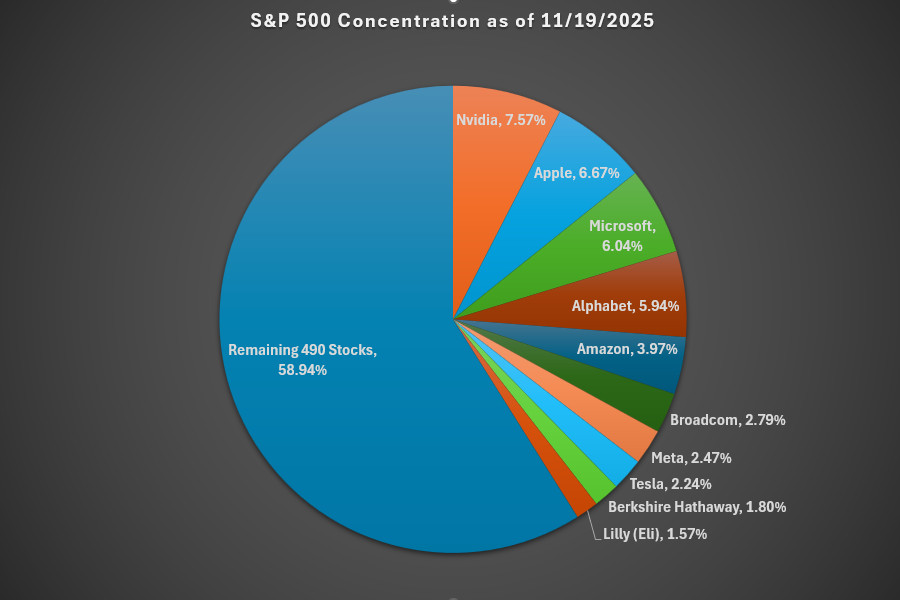Though hospital performance has remained relatively stable, high labor costs continue to challenge hospitals’ bottom line, according to September figures from Kaufman Hall.
The advisory firm used Strata data on more than 1,300 hospitals for its National Hospital Flash Report (PDF), with data through September, and on more than 200,000 providers for its Physician Flash Report (PDF), with data for the third quarter of 2024. While contract labor rates and utilization have decreased, the overall labor market is still tight compared to from 2021 to 2023.
Labor expenses from providers accounted for 84% of medical groups’ total expenses. The median subsidy per employed physician was $304,312, rising above $300,000 for the first time. This increase underscores the unsustainable nature of traditional employment models, the physician flash report said. Provider compensation per FTE increased 3% compared to a year earlier. As physician productivity rises, the report said, compensation models should reward efficiency and more effectively use advanced practice practitioners.
“Revenue is increasing but physicians and providers are working more while generating less revenue,” Matthew Bates, managing director and physician enterprise service line leader with Kaufman Hall, said in a press release. “Health systems need to rethink operations to align the costs of provider employment with the current healthcare environment.”
The September figures found that both inpatient revenue and average lengths of stay increased, which is in contrast to the 2% drop in length of stay they saw in August. This indicates hospitals are treating more high-acuity patients, per the advisory firm, resulting in a decline in volume and an increase in expenses. Outpatient revenue slightly declined. The monthly operating margin index was 3.5% in September, a drop from 4% in August.
“Two data points to monitor in the months ahead are inpatient revenue and average lengths of stay,” Erik Swanson, senior vice president and data and analytics group leader at Kaufman Hall, said in the press release. “Both metrics increased this month, which indicates that hospitals are treating more high-acuity patients. If this continues, organizations will need to contain expenses.”
The hospital flash report found that while capital spending is up, it is focused on long-term strategies. Strategic investments are being made in IT, digital, AI and increasing patient access. These are not restricted to brick-and-mortar locations, so organizations should diversify revenue streams via ambulatory services, the advisory firm recommended.
Publisher: Source link









